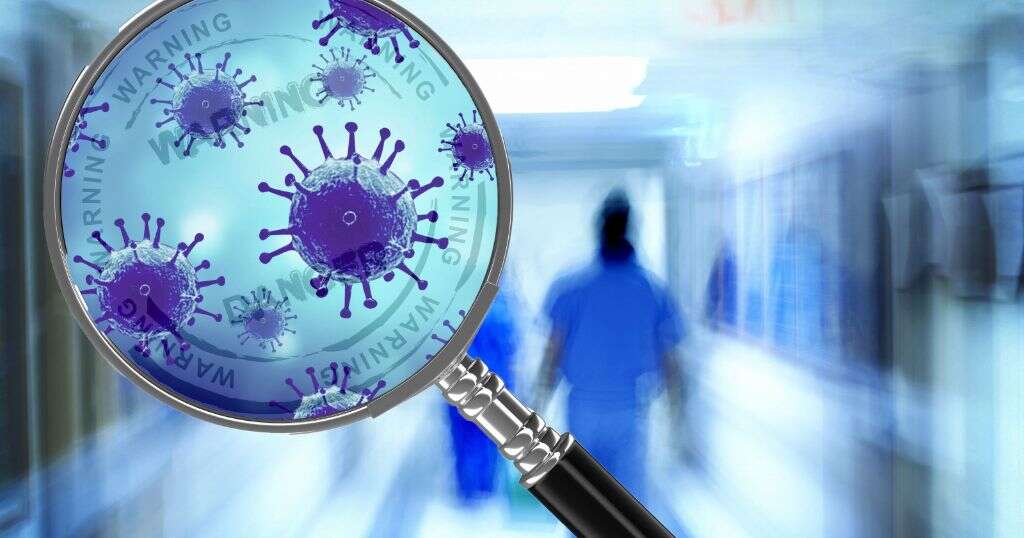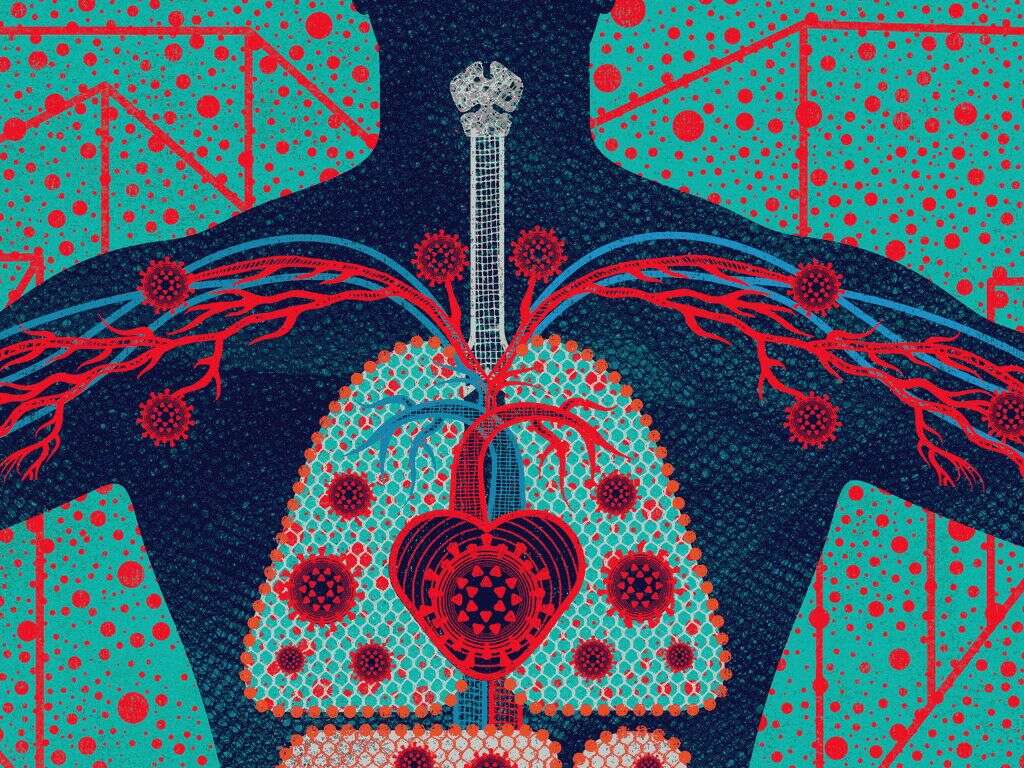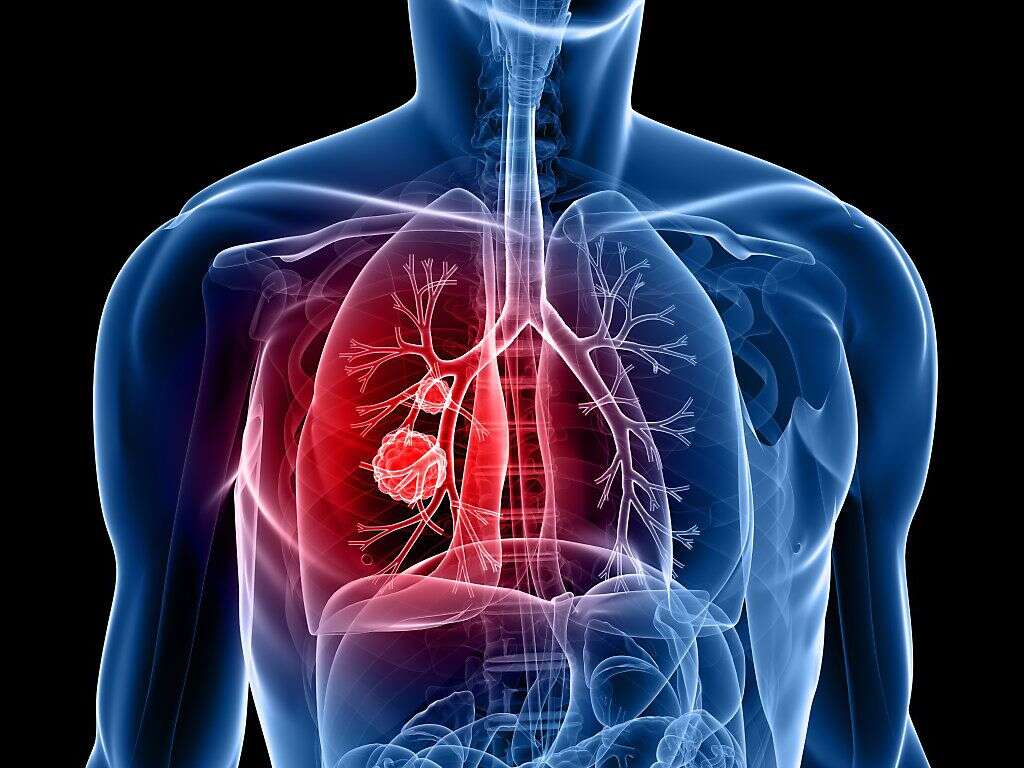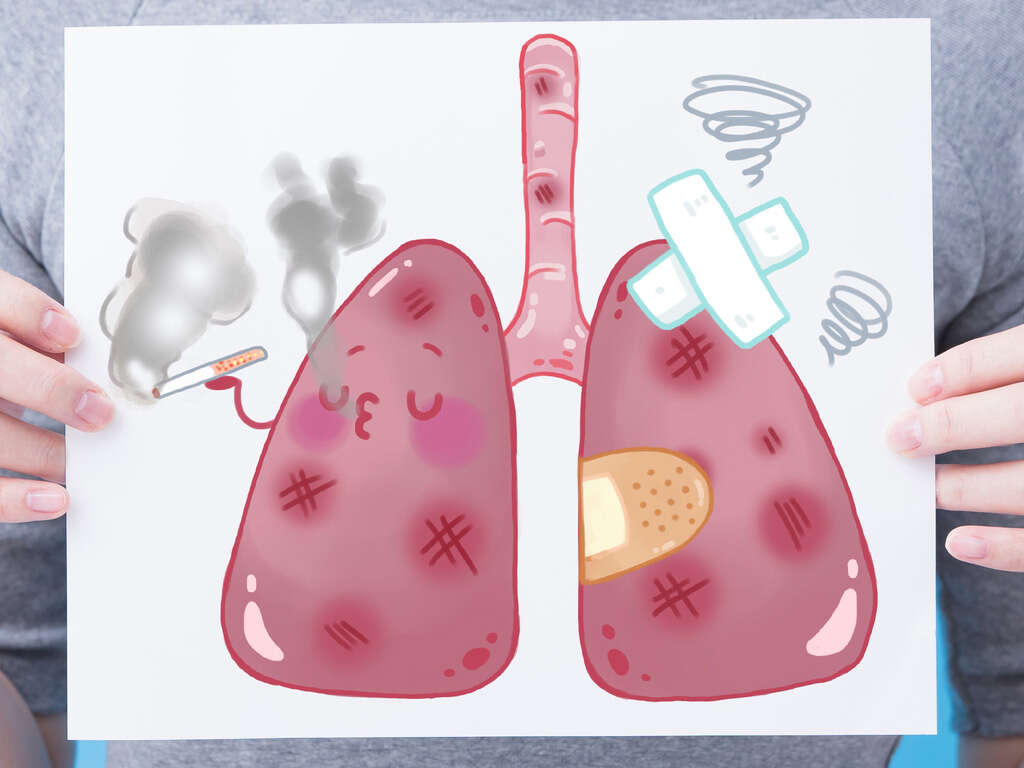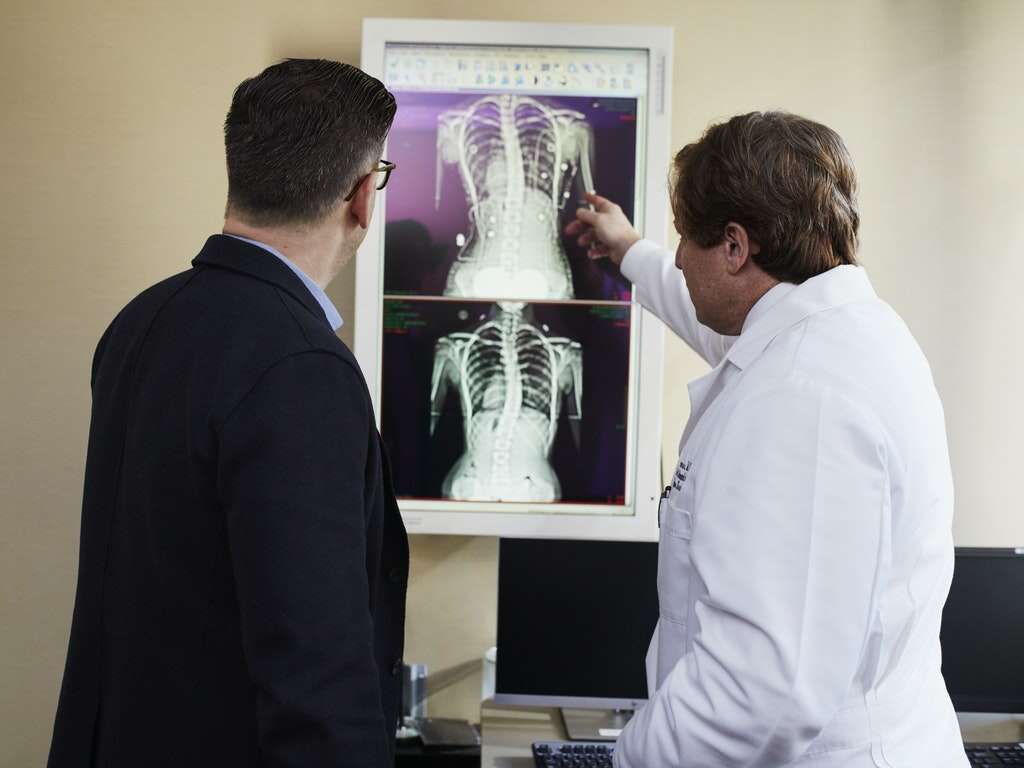What Is Subcutaneous Emphysema?
7. Infections
Bacterial activity will often result in the release of various gases. If this activity is taking place inside the body, then the gases produced can become trapped in the patients tissue. This will likely lead to the patient developing subcutaneous emphysema. Perhaps one of the most horrifying examples of this is gas gangrene.
This is a bacterial infection that causes severe damage to the patients tissues, releasing a foul-smelling gas in the process. In addition to subcutaneous emphysema, the patient will also likely have severe blistering. It spreads very rapidly and is very dangerous, so it should be treated as soon as possible.
Advertisement
